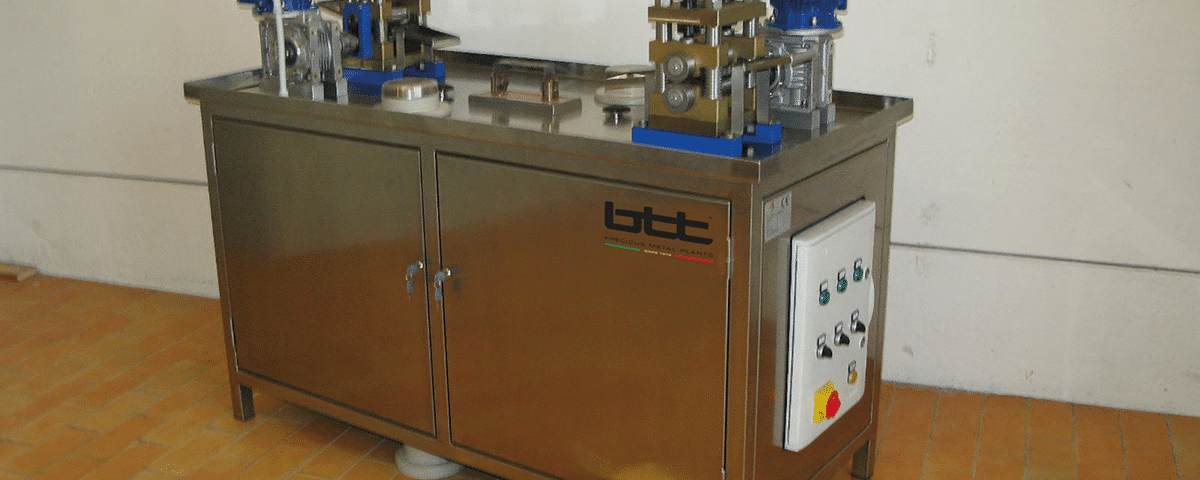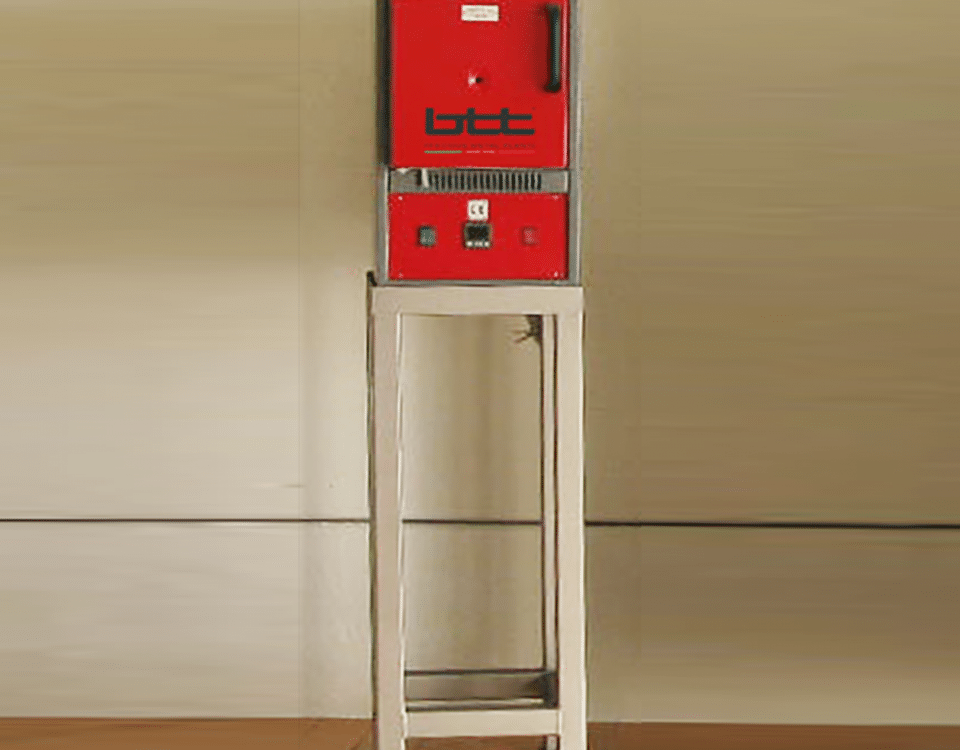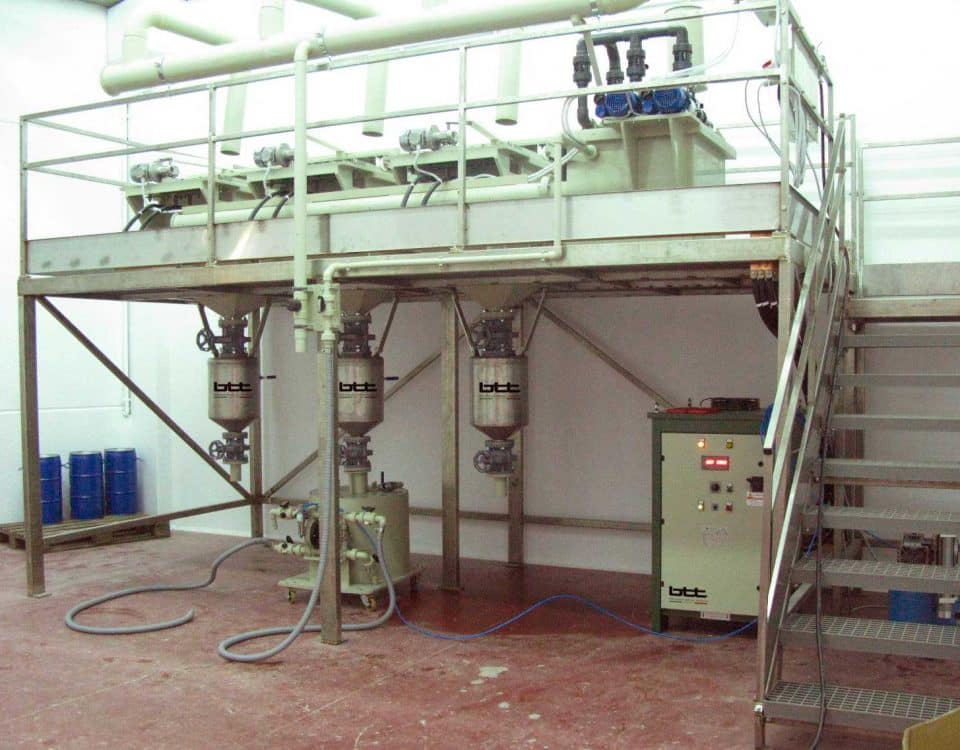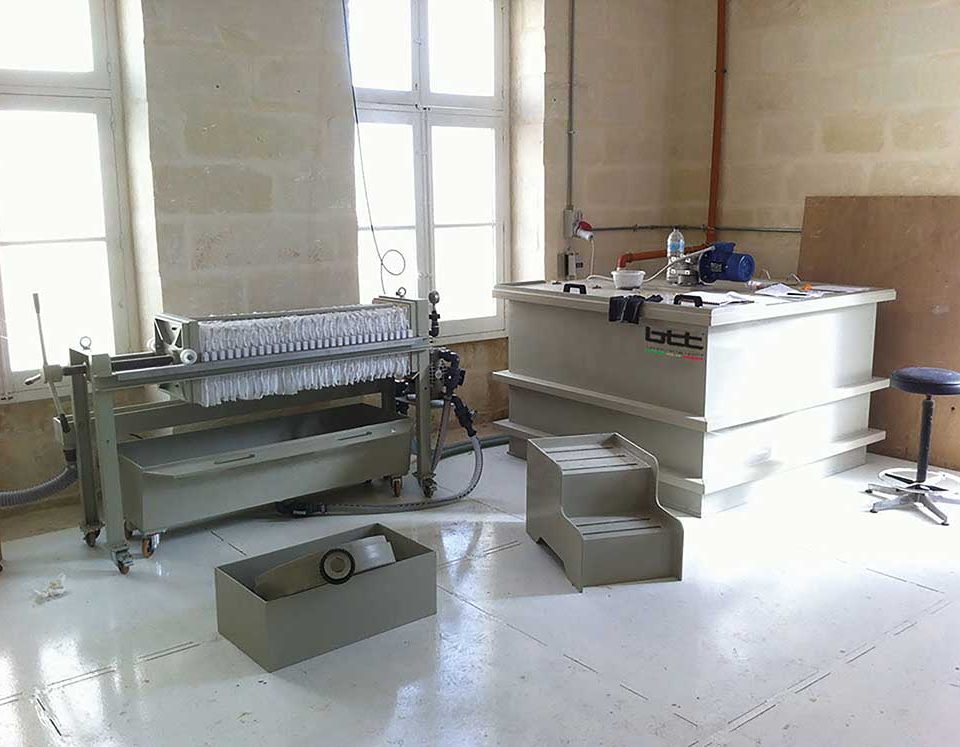Goldsmith rolling mill: technology and innovation for precious metal processing
In the jewelry and precious metal processing industries, the goldsmith rolling mill is an indispensable tool for obtaining metal sheets and strips of precise and uniform thicknesses. This machinery is essential for ensuring quality, precision and efficiency in production processes, meeting the needs of goldsmiths and specialized companies.
What is a goldsmith rolling mill and what is it used for?
A goldsmith rolling mill is a facility designed to reduce the thickness of metal sheets and wires through a system of adjustable rollers. This process is essential for the production of jewelry, goldsmith components, and other artifacts made of precious metals such as gold, silver, and platinum. Using this tool, thin sheets of the highest quality can be obtained, perfect for subsequent processing such as chiseling, enameling, and wire drawing.
Main functions of a goldsmith rolling mill
- Thickness reduction: Allows ingots to be processed into thin sheets and strips with calibrated thicknesses.
- Improved mechanical properties: The rolling mill gives the metal greater strength and structural uniformity.
- Production optimization: Reduces material waste and ensures precise and repeatable processing.
Types of goldsmith rolling mills
There are different types of goldsmith rolling mills designed to meet specific production needs:
1. Manual rolling mill
Perfect for small craft productions, it is equipped with a crank that allows the metal to pass between the rolls. It is ideal for those who work unique pieces and want more control over the rolling process.
2. Motorized rolling mill
Suitable for larger production runs, this model is driven by an electric motor that ensures more uniform and faster rolling. It is widely used in goldsmith companies that need precision and repeatability in processing.
3. Combination rolling mill
This type integrates both flat and wire rolling, offering a versatile solution for companies working with different metal formats.
Technical characteristics of goldsmith rolling mills
The performance of a goldsmith rolling mill depends on several technical characteristics, including:
- Roller material: Generally made of hardened steel to ensure durability and strength.
- Thickness adjustment: Allows the thickness of the rolled material to be accurately determined.
- Lubrication system: Reduces friction and extends machine life.
- Motor power (for motorized models): The greater the power, the more efficient the processing will be.
How to choose the right goldsmith laminator?
The choice of goldsmith rolling mill depends on several factors, including:
- Type of production: A craftsman might prefer a manual model, while a company with high production volumes will opt for a motorized rolling mill.
- Materials processed: Some rolling mills are optimized for specific metals, so it is important to assess compatibility with the alloys used.
- Accuracy required: If production requires very tight tolerances, a rolling mill with millimeter adjustments will be required.
Technological innovations in goldsmith rolling mills
Technological evolution has led to major innovations in goldsmith rolling mills, improving efficiency and quality of processing. Major innovations include:
- Automation and digital control: The new models are equipped with touch-screen panels and management software, allowing precise setting and control of processing parameters.
- Integrated thickness sensors: These devices monitor metal thickness in real time, ensuring consistent quality.
- Reduced energy consumption: The latest generation of rolling mills are designed to optimize energy use, reducing operating costs.
Maintenance and care of the goldsmith rolling mill
To ensure optimal operation and prolong the life of the goldsmith rolling mill, it is essential to follow proper maintenance:
- Regular cleaning of the rollers: Metal debris can affect the quality of rolling.
- Periodic lubrication: An efficient lubrication system reduces wear and tear and improves performance.
- Checking adjustments: Make sure the rollers are always aligned to avoid inaccurate processing.
Conclusion
The goldsmith rolling mill is an essential element for those in the precious metals processing industry. Thanks to modern technology and innovation, these facilities ensure precision, efficiency and quality at every stage of the production process. Whether you are a goldsmith artisan or an industrial company, choosing the right rolling mill can make all the difference in productivity and end results.
If you are looking for a high-quality goldsmith rolling mill, rely on industry specialists who can offer the best technological solutions for your business.





